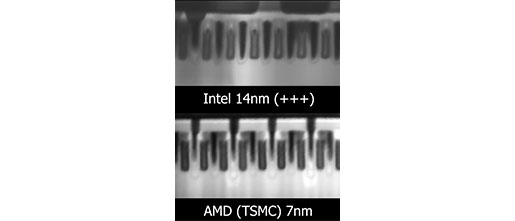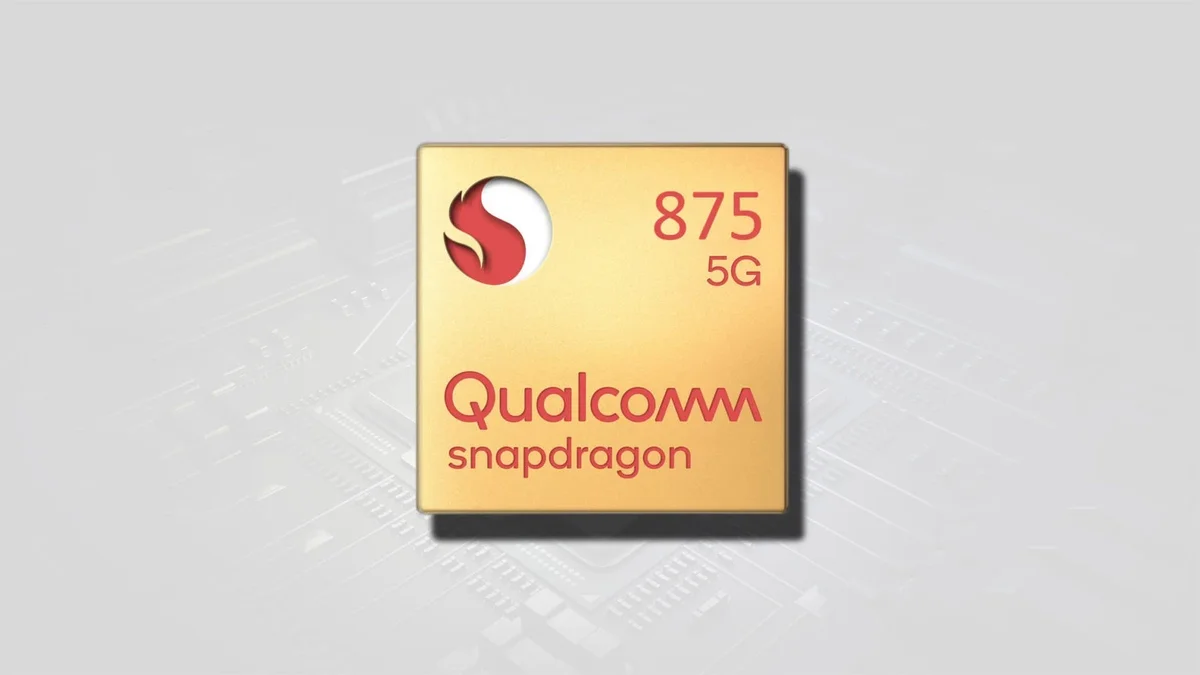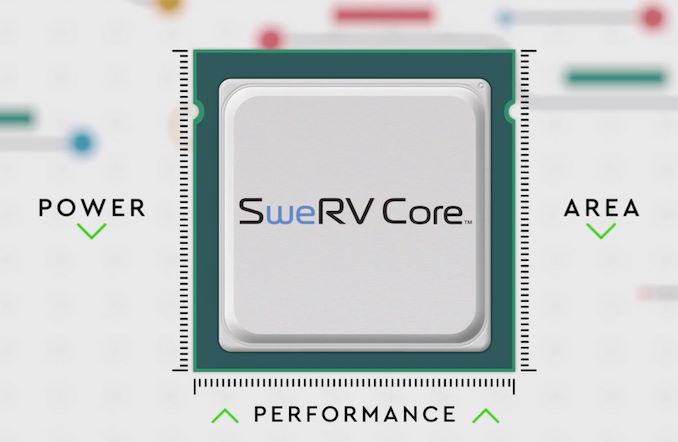Originally posted by uid313
View Post
Originally posted by uid313
View Post
Originally posted by uid313
View Post
x86 has fusing as well, but mostly on common things like "compare then jump", which are already encoded efficiently at the ISA level (one byte for jumps, without the offsets).
Vector instructions may be long and large, but they do a lot and so it doesn't really matter.
Originally posted by uid313
View Post




Comment